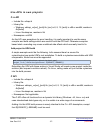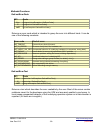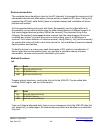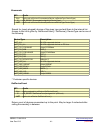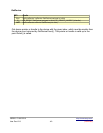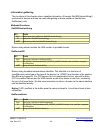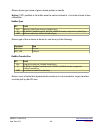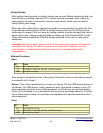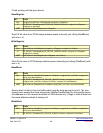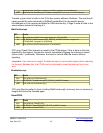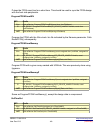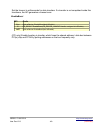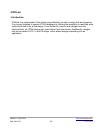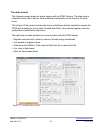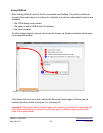
Using devices
After getting a device pointer or handle, devices can be used. Before transferring data to or
from devices, or catching interrupts (PCI), devices must be accessed, which is done by
calling Open(). All calls in this section require an open device, which must be freed by
calling Close() after usage.
Either way, after calling Open(), the device is ready for communication. As of the fact, that
Cesys devices usually have an FPGA on the device side of the bus, the FPGA must be
made ready for usage. If this isn't done by loading contents from the on-board flash (not all
devices have one), a design must be loaded by calling one of the ProgramFPGA*() calls.
These call internally reset the FPGA after design download. From now on, data can be
transferred.
Important: All data transfer is based on a 32 bit bus system which must be implemented
inside the FPGA design. PCI devices support this natively, while USB devices use a
protocol which is implemented by Cesys and sits on top of a stable bulk transfer
implementation.
Methods/Functions
Open
API Code
C++ void ceDevice::Open()
C CE_RESULT Open(CE_DEVICE_HANDLE Handle)
.NET void ceDevice.Open()
Gain access to the specific device. Calling one of the other functions in this section require
a successful call to Open().
Notice: If two or more applications try to open one device, PCI and USB devices behave a
bit different. For USB devices, Open() causes an error if the device is already in use. PCI
allows opening one device from multiple processes. As PCI drivers are not developed by
Cesys, it's not possible to us to prevent this (as we see this as strange behavior). The best
way to share communication of more than one application with devices would be a client /
server approach.
Close
API Code
C++ void ceDevice::Close()
C CE_RESULT Close(CE_DEVICE_HANDLE Handle)
.NET void ceDevice.Close()
USBS6 / C1030-5510 http://www.cesys.com/
User Doc V0.3 -45- preliminary



